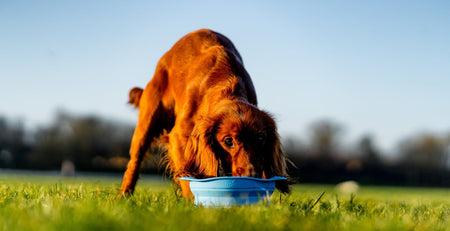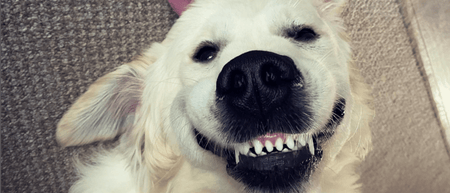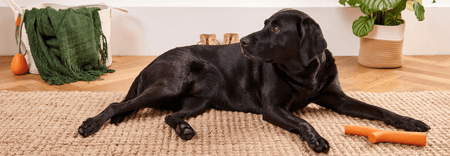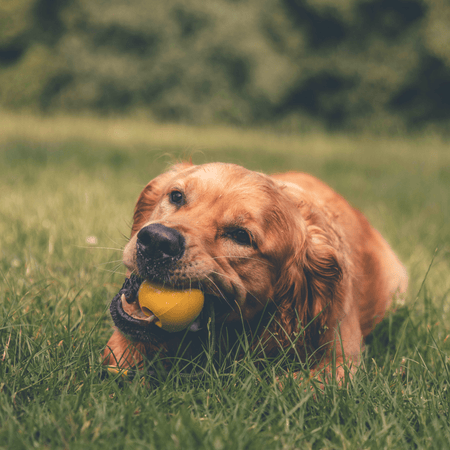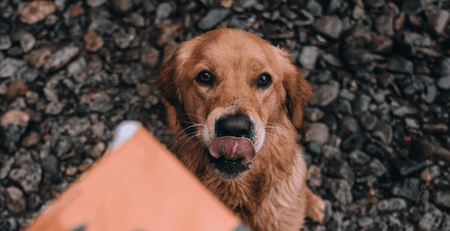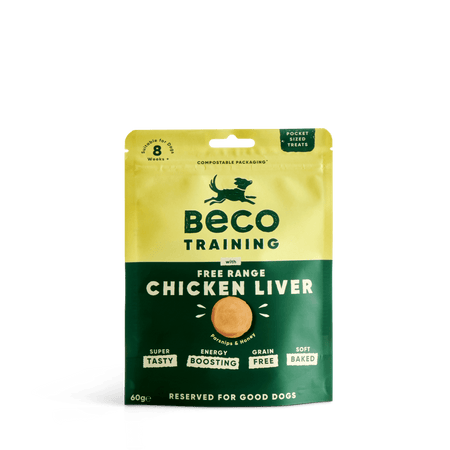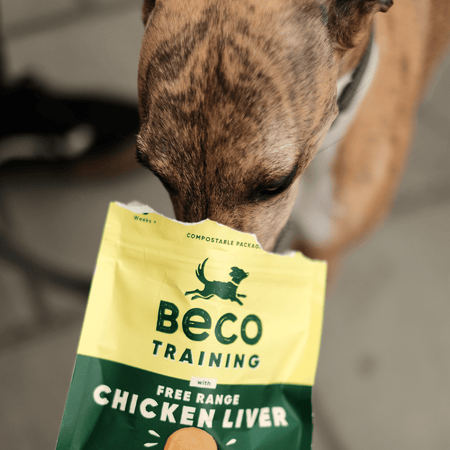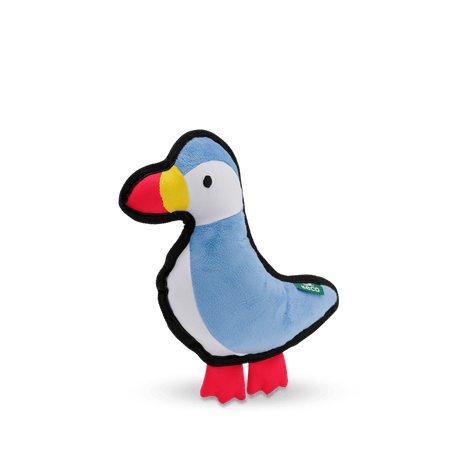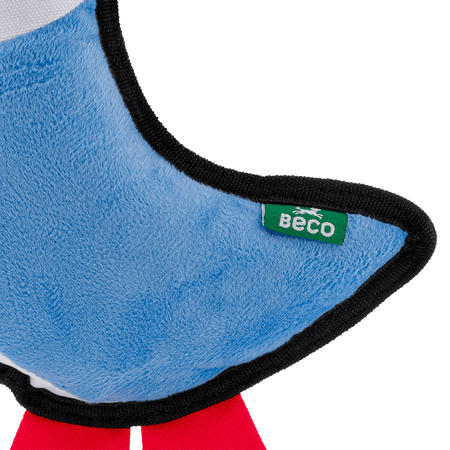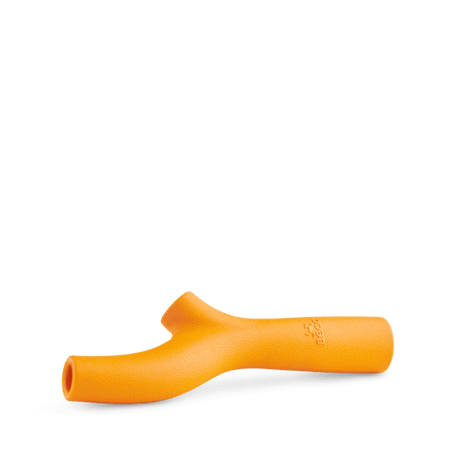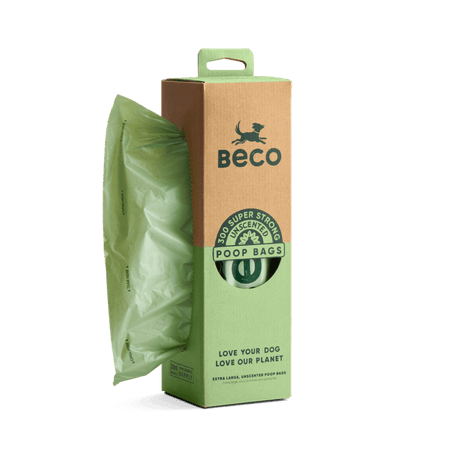Training a puppy can feel like you’ve adopted a tiny tornado with paws.
But with the right approach, patience, and a few helpful tools, you can turn that bundle of chaos into a well-behaved companion.
From house training to basic commands, we’ve broken down the essential steps to make the process easier for both you and your pup.
Ready to swap out the mess for some cuddles? Let’s get into the puppy training essentials!
- Always choose positive reinforcement over punishment for effective puppy training.
- A consistent routine and early socialisation are important for behavioral development.
- Master essential commands through short, frequent training sessions.
- Redirect unwanted behaviors with smart, strategic alternatives.
In-Home Puppy Training
Bringing home your new puppy is like a long, warm hug, but those adorable little paws come with a whole lot of work.
Whether it’s accidents on the carpet, biting everything in sight, or barking at 3 in the morning, your pup needs guidance.
New puppy training shapes good behaviour, strengthens your bond, and makes life easier for both of you.
Here’s your basic puppy training guide:
1. Preparing For Training
Before jumping into commands, set yourself up for success. Training is easier when you have the right tools and a consistent environment.
-
Training treats: Your pup needs motivation. But what treats do dog trainers use? High-value treats like boiled chicken, cheese, or liver work best.
-
A sturdy leash and collar: For control and both your safety.
-
A crate: This helps with in-home puppy training and creates a safe space for your pup.
-
Training pads: For indoor accidents while potty training.
-
A clicker (optional): Used for positive reinforcement.
2. Establishing A Routine
Dogs thrive on consistency. A solid routine makes training faster and easier for both pet parents and pups.
-
Meal times: Stick to set feeding times to regulate bathroom breaks.
-
Bathroom schedule: Take your pup outside every 2–3 hours, especially after meals and naps.
-
Sleep schedule: Puppies need a lot of nap time, around 18–20 hours daily. Overtired pups get cranky.
-
Training sessions: Keep them short (5–10 minutes) and frequent.
3. Socialisation
Your pup must get used to different people, places, and sounds early on.
-
Introduce new people and animals: Set up supervised playdates with other animals and people. This helps with puppy behaviour training.
-
Exposure to various environments: Taking walks in different places helps to minimise fearfulness.
-
Desensitise to noises: Things like vacuum cleaners, sirens, and doorbells shouldn’t be scary to your pup.
The best way to train a puppy is to expose them to the world in a controlled, positive way. Socialisation reduces anxiety and aggression later in life.
4. Teaching Basic Commands
Your pup won’t magically know what to do. Commands to teach your dog should start with these basics:
-
Sit
-
Stay
-
Come
-
Down
-
Leave It
-
Paw
-
Off
Start training in a quiet room with no distractions. Use treats and a happy voice. Dog training for beginners works best with patience and repetition.
5. House Training: No More Accidents
Potty training takes a bit of effort, but with consistency and perseverance, you’ll have your pup house-trained in no time.
How long does it take to train a puppy? Potty training varies, but most pups get it by 4–6 months.
-
Take your pup out every 2–3 hours.
-
Reward them immediately after they go outside.
-
Never punish accidents. If they have an accident inside, clean it up with an enzyme cleaner and move on.
-
Use a phrase like “go potty” so they associate the words with the action.
6. Crate Training: A Safe Space, Not a Punishment
Some pet parents feel guilty about crates, but dogs love having their own space. This is how to make a cosy safe zone for your pup:
-
The crate should be just big enough for your pup to stand up, turn around, and lie down.
-
Make it comfy by adding soft bedding and a snuggle toy.
-
Start slow by feeding them meals inside the crate so they associate it with good things.
-
Use it for short periods at first, no more than a few minutes and then gradually build up.
7. Addressing Unwanted Behaviours
Not every behaviour is cute. Here’s how to tell a puppy off the right way:
-
Biting: Redirect their attention from your fingers to a chew toy. Yelping like a hurt puppy tells them it’s too rough.
-
Jumping: Ignore them. Reward calm greetings instead.
-
Barking: Find the trigger. Are they bored? Scared? Address the cause, not just the noise.
-
Chewing everything: Puppies explore with their mouths, so chewing is an instinct. Swap inappropriate objects for acceptable chew toys.
Advanced Training: Taking Things Up a Notch
Once the basics are mastered, you can teach your pup more complex skills:
-
Tricks like shake, roll over, and play dead: These are all fun ways to mentally engage your pup.
-
Loose leash walking: Prevents pulling during walks.
-
Emergency recall: A stronger version of “come” that works even in distractions.
Frequently Asked Questions
When should I start training a puppy?
The best time to start training a puppy is as soon as you bring them home. Even 8-week-old puppies can learn simple commands like “sit” and “stay.”
What treats do dog trainers use?
Professional trainers use high-value treats like freeze-dried liver, boiled chicken, and cheese. Small, soft, and smelly treats work best for puppy training.
How long does it take to train a puppy?
Basic puppy obedience training takes a few weeks, while full training takes months. It depends on the breed, consistency, and training methods used.
Conclusion
Training your puppy doesn’t have to be overwhelming. With consistency, patience, and the right tools, you can build a strong foundation for a well-behaved companion.
Focus on positive reinforcement, create a routine, and gradually introduce your pup to new experiences. From house training to basic commands, early socialisation is key to a happy, confident dog.
If you stay committed and use the right training methods, you'll be amazed at how quickly your pup picks things up.
Ready to make training fun? Shop our selection of toys to help keep your puppy entertained and engaged while they learn.


